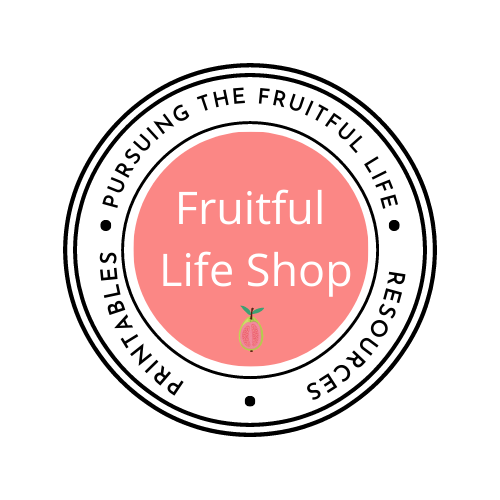Welcome to week 11, Flowers and Trees, Charlotte Mason Home Education Read-Along Series.
This post contains affiliate links, I receive a commission when you purchase products through these links at no additional cost to you.

Flowers and Trees
This week we are reading pages 51-56 of the Home Education volume, Flowers and Trees. If you would like to see the rest of these posts all in one place you may view them HERE. And don’t forget to download your free worksheets to go with each reading! If you are interested in a Charlotte mason “curriculum”, our favorite resource is Ambleside Online.
****If you need to purchase the Charlotte Mason Home Education volume, it is available in a newer version HERE. (Affiliate link)****
I am using the Original Homeschooling Series, Volume One, Home Education- the pink books. 🙂
Children should know field crops
Charlotte begins by saying that children should know something of their natural surroundings and that the practice of sight-seeing should be so natural that they are well familiar with the land and plants before them.
Field Flowers and the Life History of Plants
If it grows in their neighborhood, they should know it well. They should be able to describe from root to leaf each plant they are familiar with, and they should even be able to recognize where the plant grows and in what kind of soil. She encourages the use of field guides as well as making collections and labeling them. She also encourages that children should draw or paint the whole plant when possible.
The study of trees
She talks of choosing 6 trees to study for a year-long project to become well-acquainted with each species. This will allow children a front-row seat to the changes that occur seasonally in each tree.
The Seasons Should be Followed
Following the seasons is a wonderful way to observe and study nature. With the trees, Charlotte suggests beginning in Winter.
Leigh Hunt on Flowers
“one of the secrets of the educator is to present nothing as stale knowledge…” This section highlights Leigh Hunt’s thoughts on helping children to discover the natural world around them.
Calenders
She says it is important for a child to keep a calendar of firsts in nature so that they will be able to look for and find natural treasures easily from year to year.
Nature-Diaries
As soon as a child is able, they should also keep a daily nature diary in which they can record all that they experience in nature. From drawings, paintings, written accounts, and observations, the nature diary is a tool to remember and learn.
‘I can’t stop thinking’
She mildly scolds the teachers that they must still direct the child in this nature study, not to just let them go off on their own, but to guide them to focus and put their attention to something specific.
My Takeaway
Reading this section has opened my eyes to how intentional we must be with our studies in order to produce the excellence we are seeking as homeschool moms. A Charlotte Mason Education is not fluff. I will definitely be incorporating the specifics mentioned here for our time in nature study.
Don’t forget your free printable to go with this week’s reading!













Leave a Reply